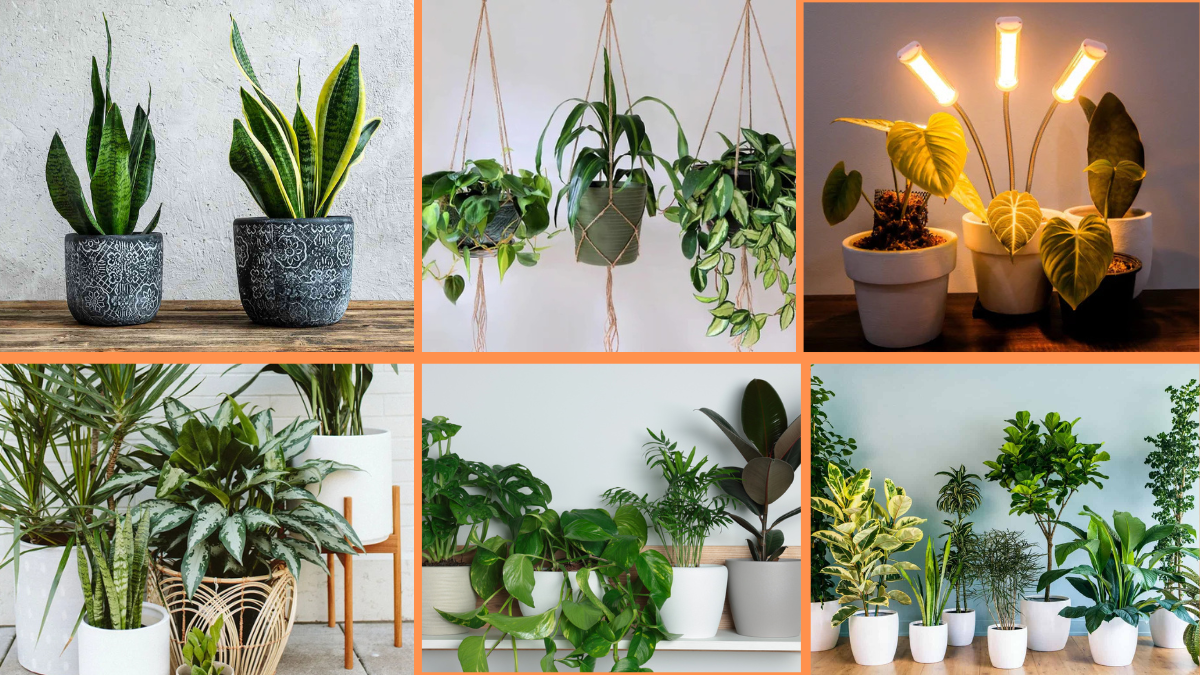Not every home is blessed with sun-soaked windowsills and bright, airy rooms. But that doesn’t mean you can’t enjoy a lush, leafy green sanctuary indoors! Many plants are well-suited for low-light conditions, and with a little care, you can turn even the dimmest corner of your home into a vibrant oasis.
Whether you live in a basement apartment, a house shaded by tall trees, or a room with only north-facing windows, this guide is here to help. Discover how to grow beautiful, thriving indoor plants in low-light environments with these 10 practical, tried-and-tested tips.
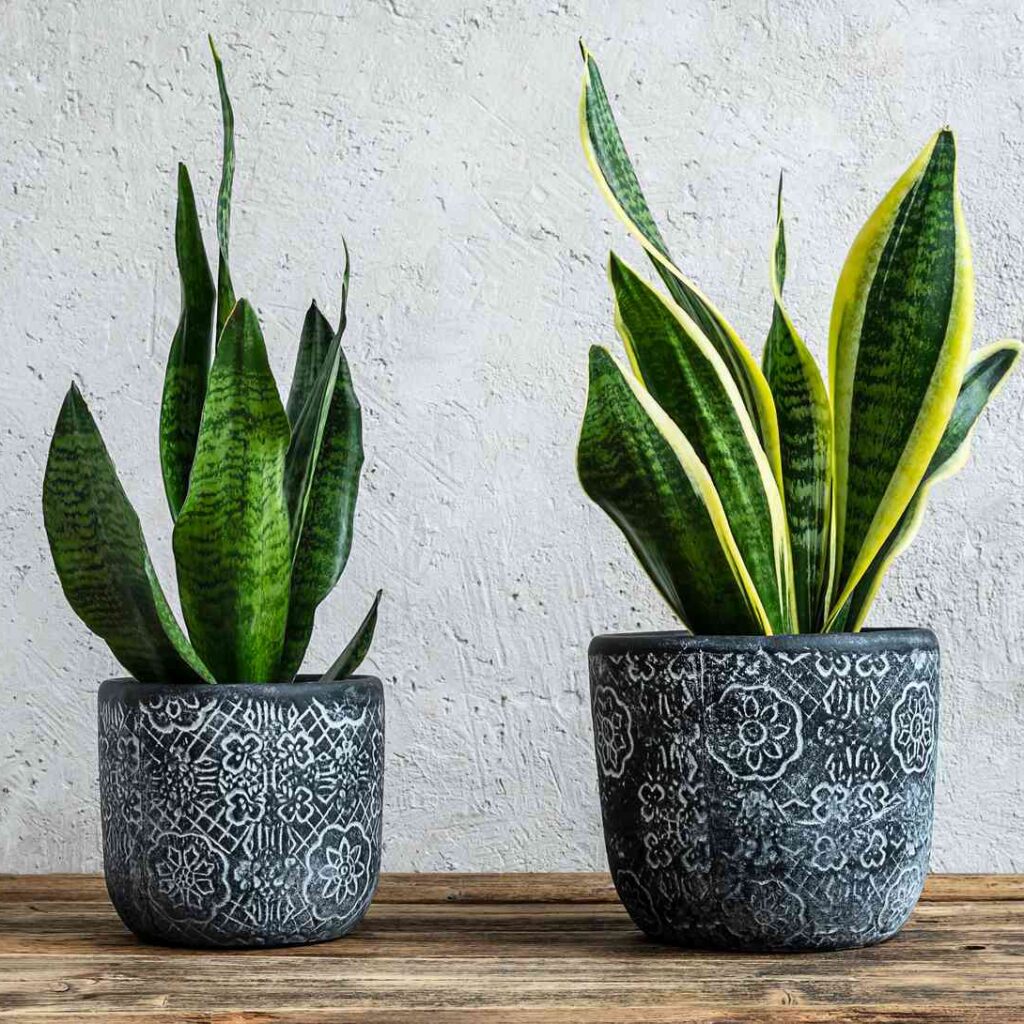
1. Choose the Right Low-Light Plants
The first and most important step is selecting plants naturally adapted to thrive with less sunlight. Some plants are highly tolerant of shady environments and can survive — even flourish — without direct sunlight.
Here are some popular, easy-to-care-for low-light indoor plants:
- Snake Plant (Sansevieria)
- ZZ Plant (Zamioculcas zamiifolia)
- Pothos (Epipremnum aureum)
- Peace Lily (Spathiphyllum)
- Chinese Evergreen (Aglaonema)
- Cast Iron Plant (Aspidistra elatior)
- Spider Plant (Chlorophytum comosum)
Look for varieties with darker, richer green leaves as they tend to be more shade-tolerant than plants with lighter foliage or variegation.
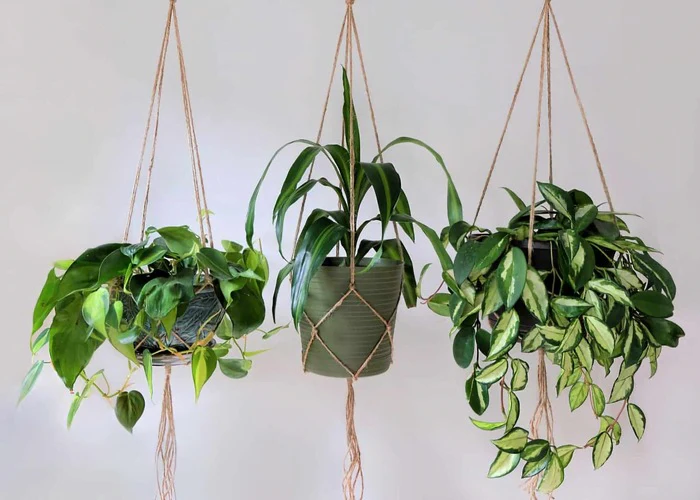
2. Understand What ‘Low Light’ Really Means
Not all low-light conditions are created equal. In plant care, low light refers to indirect or filtered sunlight, like the light in a room with a north-facing window or a space several feet away from a bright window.
It’s important to remember that “low light” does not mean no light at all. All plants need some light to photosynthesize. A completely dark corner won’t support healthy plant growth unless you supplement it with artificial lighting.

3. Rotate Plants Regularly
Even in low-light spots, certain areas might receive more light than others throughout the day. Rotating your plants weekly ensures that all sides of the plant receive even light exposure, helping to maintain symmetrical growth and preventing one side from becoming weak and leggy.
This simple habit can make a noticeable difference in your plant’s overall health and appearance.

4. Avoid Overwatering
One of the most common mistakes in indoor plant care, especially in low-light conditions, is overwatering. Plants in dimmer areas naturally need less water because their growth rate slows down and less moisture evaporates from the soil.
Tips for proper watering in low-light rooms:
- Always check the top inch of soil before watering. If it’s still damp, wait a few more days.
- Use well-draining pots with drainage holes to prevent water from sitting at the bottom.
- Reduce watering frequency in winter when plant growth typically slows down.
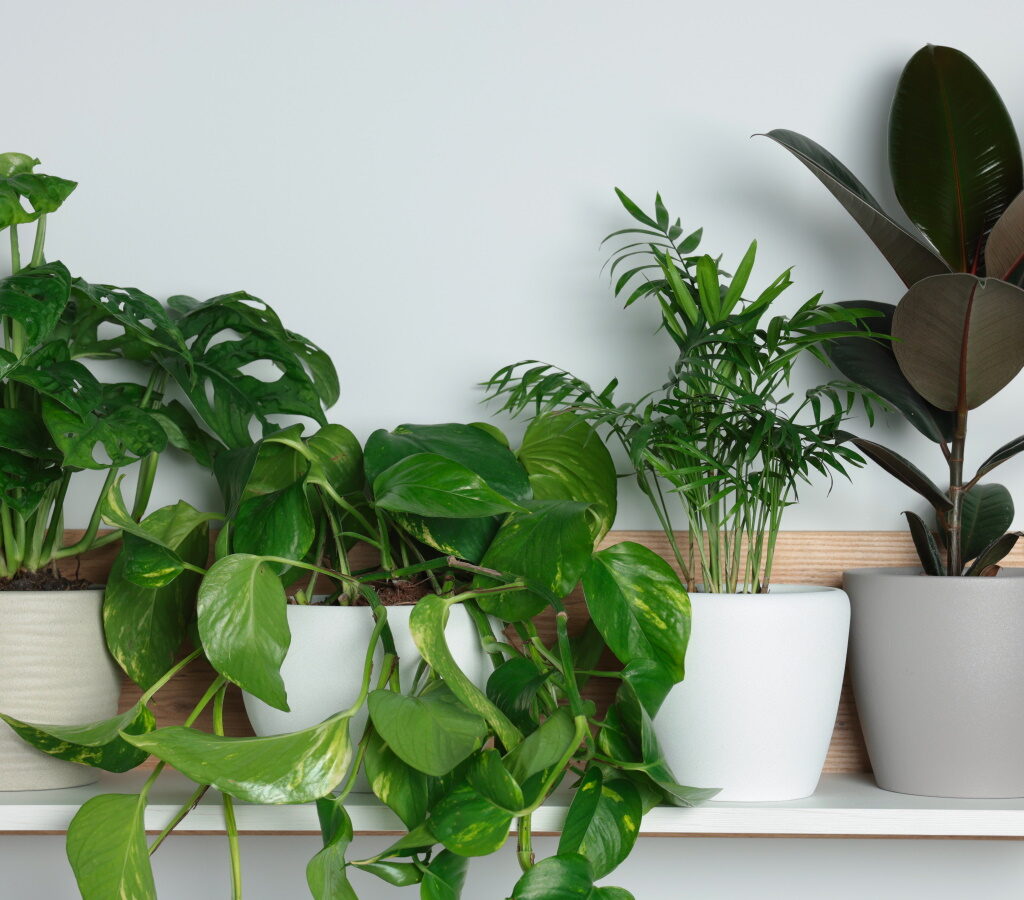
5. Use Artificial Grow Lights if Needed
If your indoor space is extremely dark, or if you want to grow light-hungry plants like herbs or succulents, consider investing in LED grow lights.
Modern grow lights are energy-efficient and come in a variety of styles — from clip-on lamps to hanging fixtures. Look for full-spectrum LED bulbs that mimic natural daylight to encourage healthy photosynthesis and growth.
Even just a few hours a day under a grow light can work wonders for struggling plants in low-light areas.
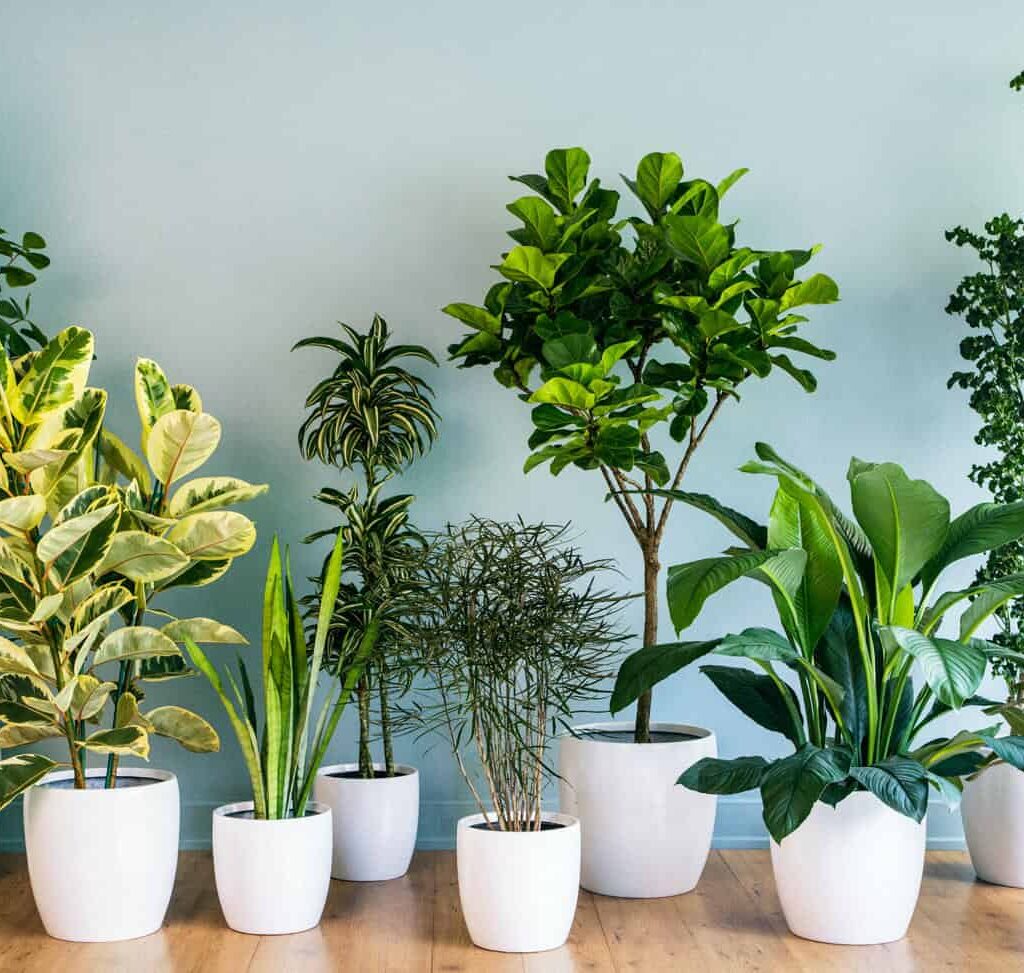
6. Clean Plant Leaves Regularly
Dust tends to settle on plant leaves over time, and in low-light conditions, it can further reduce the small amount of light the plant receives.
Make it a habit to wipe down your plant’s leaves with a damp, soft cloth every couple of weeks. Not only will this keep your plants looking fresh and healthy, but it will also help them absorb the available light more efficiently.
7. Select the Right Pots and Soil
In low-light areas where evaporation is slower, choosing well-draining soil and pots with drainage holes becomes especially important.
Consider using terracotta or unglazed ceramic pots, which are breathable and help regulate soil moisture levels. Avoid dense, moisture-retentive potting mixes unless specifically recommended for your plant species.
Adding a layer of small pebbles or stones at the bottom of the pot can also improve drainage.
8. Watch for Signs of Light Deficiency
Even low-light plants will exhibit signs if their lighting conditions are too poor. Common symptoms include:
- Leggy, elongated stems
- Pale or yellowing leaves
- Slow or stunted growth
- Leaves falling off
If you notice these signs, consider moving the plant closer to a light source, supplementing with artificial lighting, or choosing a more shade-tolerant plant for that spot.
9. Fertilize Sparingly
Plants in low-light conditions typically grow slower, which means they require fewer nutrients compared to their sun-loving counterparts. Over-fertilizing can cause salt build-up in the soil, leading to root damage and weak growth.
Use a diluted, balanced houseplant fertilizer once every 6-8 weeks during the growing season (spring and summer). Skip fertilizing during the fall and winter months when plant growth naturally slows.
10. Group Plants Together for a Mini Microclimate
Grouping your indoor plants together not only creates a beautiful, lush display but also helps create a humid microclimate around them, which many low-light tropical plants love.
When plants transpire, they release moisture into the air, raising the humidity in their immediate surroundings. This can be especially beneficial in dry indoor environments, particularly during the winter when heating systems lower humidity levels.
Pro tip:
Placing a small humidifier nearby or placing pots on trays filled with water and pebbles can further improve humidity without overwatering.
Final Thoughts
Growing beautiful indoor plants doesn’t require a sun-drenched conservatory or bright bay windows. With the right plant choices and a few smart care strategies, you can easily cultivate a green, serene space even in the most shaded corners of your home.
Start by choosing resilient, shade-loving plants, pay attention to watering habits, and don’t hesitate to supplement with a grow light if needed. Clean leaves regularly, fertilize sparingly, and rotate your plants for balanced growth.
Remember — with a little patience and care, your low-light indoor plants will reward you with their lush foliage, purifying the air and brightening your home in the process.
